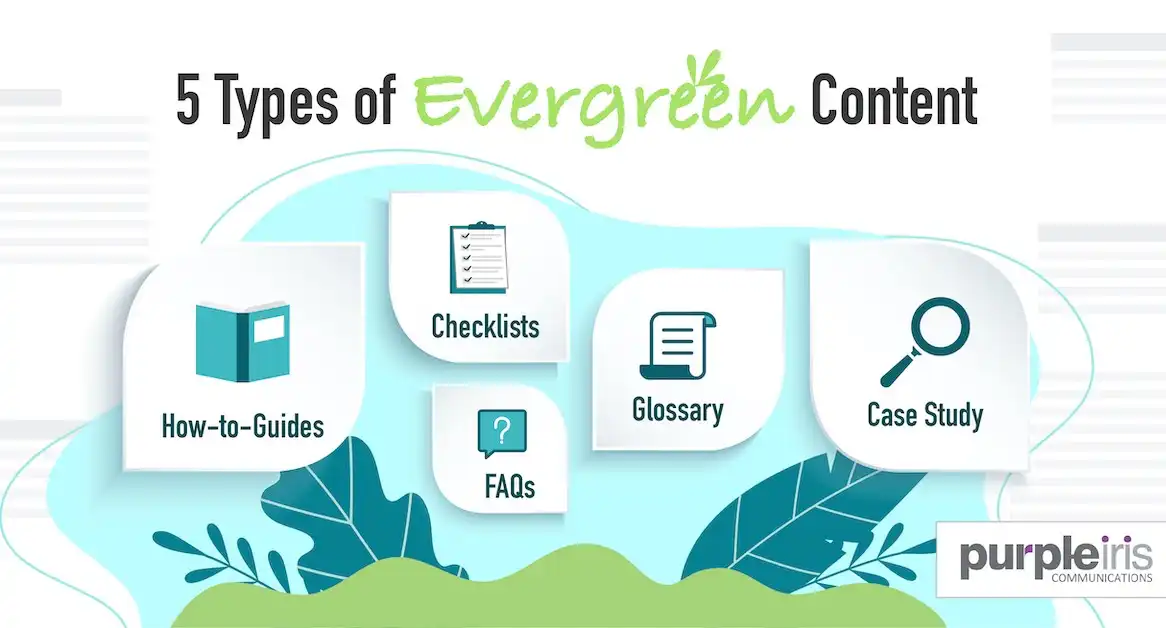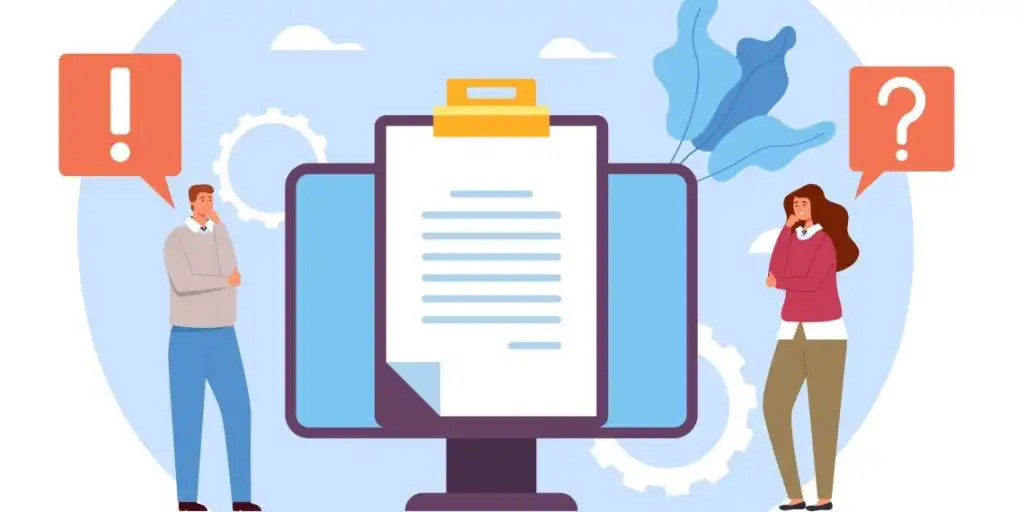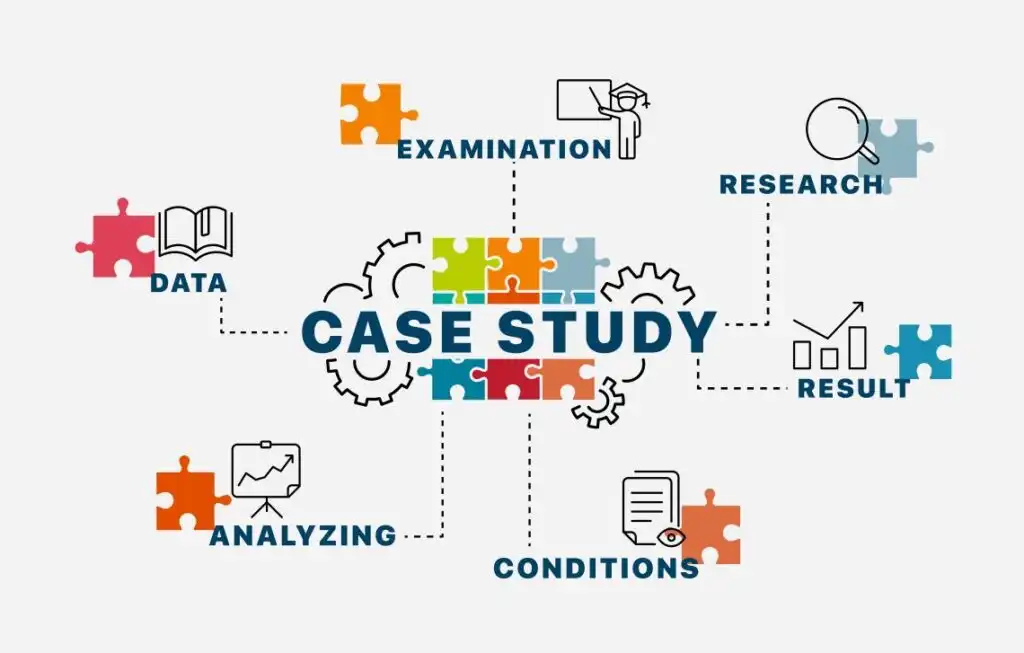
5 types of evergreen content to create for your website
14 October 2020
Team Purple Iris
At a time of instant hits, clickbait headlines and content created purely with an eye on going viral, what stands out and continues to provide value to users is evergreen content.
Think instant noodle versus slow-cooking pot roast.
Instant noodle is bland and commonplace. What you want to serve instead is a slow cooking recipe with a distinctive and memorable flavour that will bring users back time and again. Evergreen content fits this description.
However, producing evergreen content is not easy. You will need to invest a lot of time and effort in planning, researching and generating fresh content over a long period of time.
So, what is evergreen content?
As the name suggests, it refers to content that has a long shelf life. Much of it is educational in nature and enables users to glean information and insights into a subject. Such content often helps users in their buying journey — opening their minds to a new idea or clarifying their doubts.
In this earlier blogpost, we explained the distinction between evergreen and topical content.
Evergreen content offers a great opportunity to showcase your expertise and influence decision-making. You may not get immediate benefits but a website rich in evergreen content will ensure a steady flow of traffic, that too of users who are genuinely looking for solutions and could drive business for you.
As you can see, the benefits of this slow burn approach are multifold.
Let’s now explore a few categories of evergreen content that you can produce for your website.
First stop: How-to guides and explainer videos
How-to guides are a timeless, fool-proof and straightforward way to attract readers to your website. We live in a digitally-powered age where information is available at the tip of our fingers. Everyone wants to know how to do things by themselves. A quick search on Google Trends reveals an increase in the number of users searching on how to do something.
Explainer videos can be a video alternative to textual guides. Explore this format for complex, technical topics. Explainer videos are usually produced in an animated format that allows consumers to absorb the information with a combination of visuals and narration.
Before you start filling an Excel Sheet with ideas on how-to guides and explainer videos, research on the kind of self-help that your target audience could be looking for. Think of topics that are relevant to your industry and how you can package it in a user-friendly format. For example, if you are a social media marketing agency, your users might find value in a DIY solution on “how to increase followers on LinkedIn.”
Explainer videos come in handy for service providers such as banks or equipment manufacturers with steps on how to get started. An explainer video can demonstrate how a user can install a mobile banking app or a machine by themselves.
Here are a few golden rules to follow when conceptualising a how-to guide or an explainer video:
- Put yourself in the shoes of somebody who is new to that topic.
- Break down information into bite-sized chunks that are easily understood.
- In the case of guides, provide visual breaks to make it attractive and easy to consume.
- Focus on user interface design and user experience while putting together an explainer video.
- Consider adding a storyline to make the video more relatable to users.
Second stop: Frequently asked questions (FAQs)
FAQs are a simple yet effective way to add to your users’ knowledge. These informative nuggets offer quick-fire answers to common doubts and queries, and can be a great help in the sales process. You can also use your FAQs section to boost your search engine ranking.
Before kick-starting this, place yourself in your customers’ shoes. What information do you think they are interested in?

Here are some tips to help you get started.
- Write the answers in the first person, which makes it more friendly.
- Keep answers clear and concise.
- Avoid jargon in your answers so as to not confuse readers.
- Make it rich in the SEO keywords that you are targeting.
Third stop: Case Studies, White papers, Reports, e-Books
A whopping 82% of consumers say they read reviews online before making a purchase. Case studies are an important testimony of your work and you need to add that to your website. This multi-purpose content can show your consumers the strategies you use to resolve clients’ challenges.
White papers and research reports are other resources that add depth to your website and help show your authority on a chosen subject. You can use white papers, reports and e-books as pillar content from which you can produce other resources such as blogs, infographics, videos and social media posts. Such research-heavy content helps build your brand’s credibility and add fuel to your sales and marketing engine.

Here are a few factors to consider before starting on these resources:
- Ensure you have permission from your clients to publish case studies or any other customer data.
- Prioritise case studies that are representative of common problems that your customers face.
- Explore video formats for case studies – 69 percent of consumers prefer to learn about a new product through video than text.
- Use infographics in white papers and reports that you can also use as standalone assets for promotions.
- Ensure your research team collaborates with marketing for research-backed projects so that your messaging is sharp and consistent across these resources.
Fourth stop: Checklist
Another type of web content that will drive users looking for DIY solutions to your website are checklists. Checklists are essential for beginners in a subject to manage a process or workflow.
They may want to know the preparatory steps they need to take before setting out to try something new. Or they know the steps but want to be sure that they have not missed anything out. Checklists can act as a written guide to walk someone through these steps.
Many of us do not give much thought to this rather mundane tool for efficiency, but it became a subject of research for surgeon and writer, Atul Gawande. His book, The Checklist Manifesto, goes into the history of checklists and how critical they are for certain professions such as pilots and security professionals.
So, here is a checklist for checklists:
- Structure them logically in a sequence so that it is simple for someone to follow.
- Break down a large project into bite-sized pieces so the checklists will be simpler to follow.
- A checklist should serve as a reminder to fulfil the most important tasks in a project.
- Processes of how things are done constantly changes. So update your checklists regularly.
Fifth stop: Glamourising evergreen content with Glossary
Glossaries may not be the most glamorous form of content formats, but they can be a powerhouse for your website. A glossary is like a dictionary that gives you the definition of keywords unique to your industry.
Glossaries are particularly useful when the subject is technical or relatively new. Think of a website that provides health-related information or one that is promoting cryptocurrency or distributed ledgers. If such websites contain a glossary of commonly used terms, users will not have to look for another source to clarify their doubts on specific terms.
Here are a few tips to make your glossary more glamorous:
- Keep the definition of each keyword concise. 2-4 sentences is recommended.
- Avoid jargon or technical words since visitors to your glossary page are likely beginners.
- Adopt a light and easy tone.
So what is evergreen content in a nutshell?
Evergreen content provides a great opportunity for companies to demonstrate their authority on subjects related to their business. It provides an anchor to a website, drawing a steady flow of visitors looking for reliable information and insights. But do remember that though evergreen content has a long lifespan, it needs to be refreshed every 2-3 years so that the information is still relevant. Consider engaging a content writing agency that will conduct an audit of your website to determine which pieces need tweaking and refresh them to retain their evergreen status.
How can we help? Read about our web content services and tell us what we can do for you.
